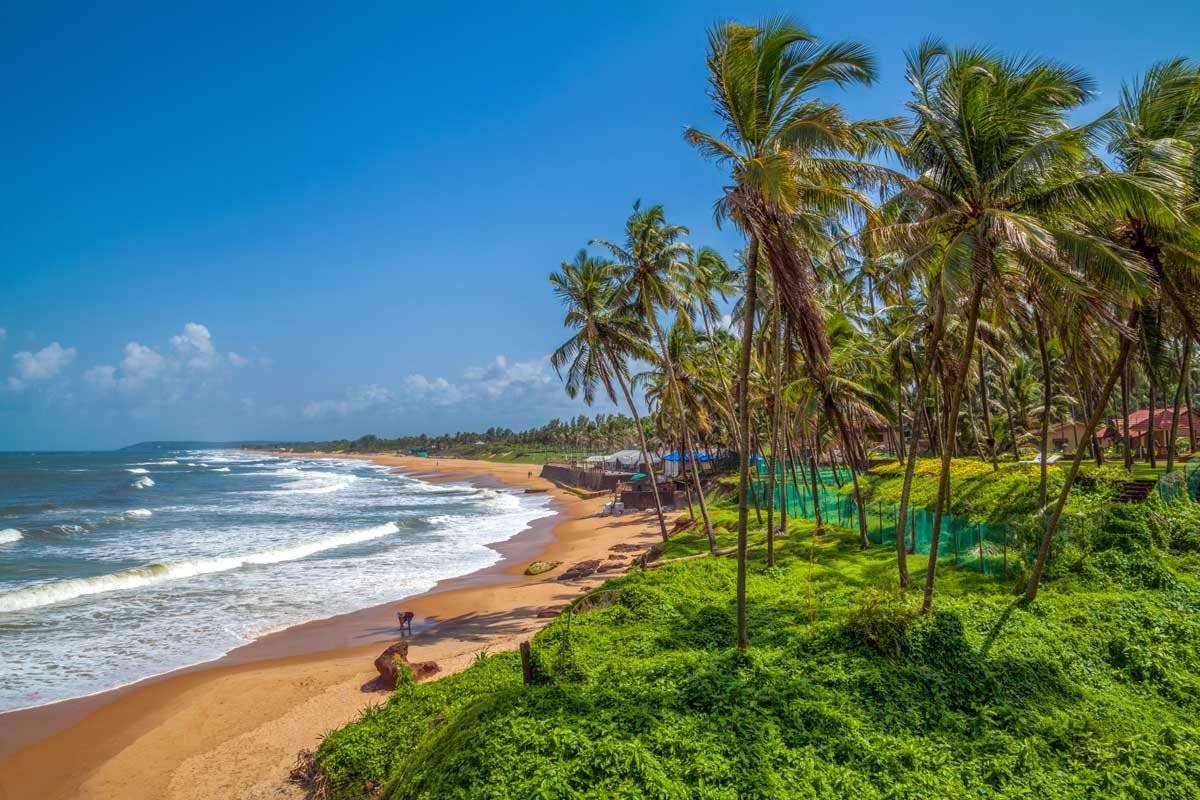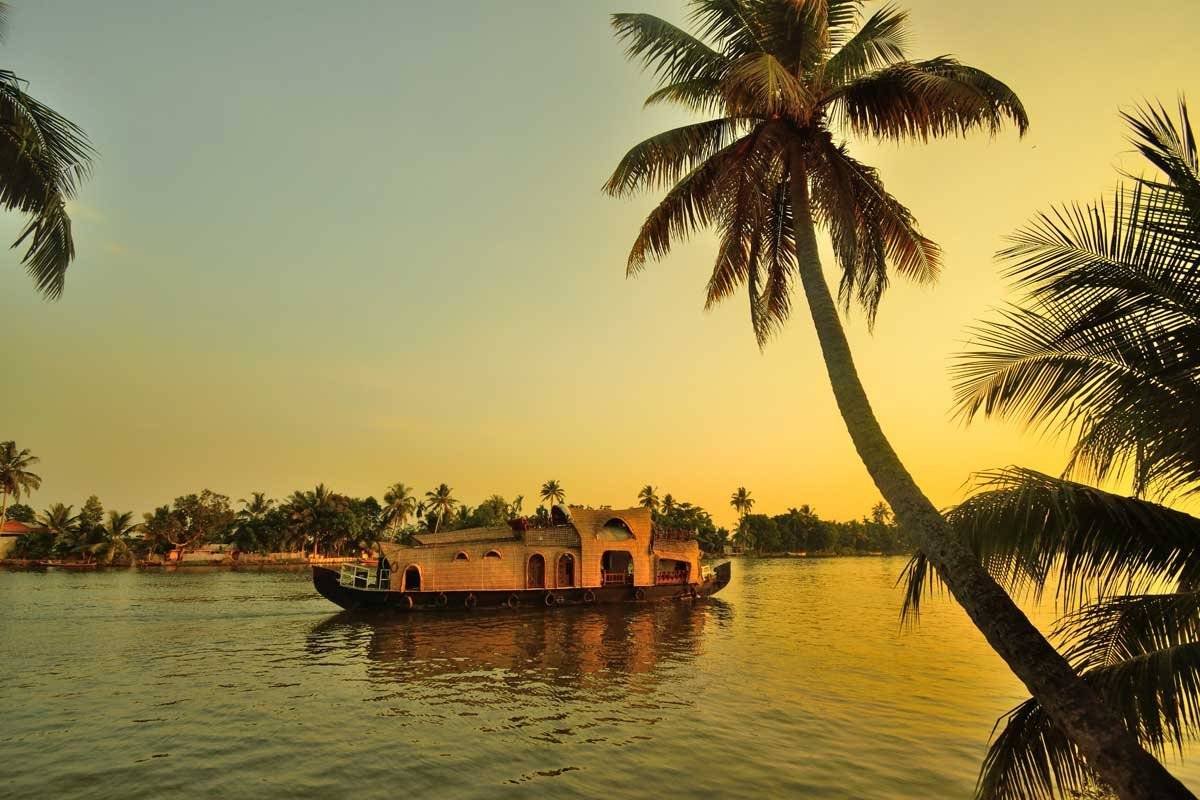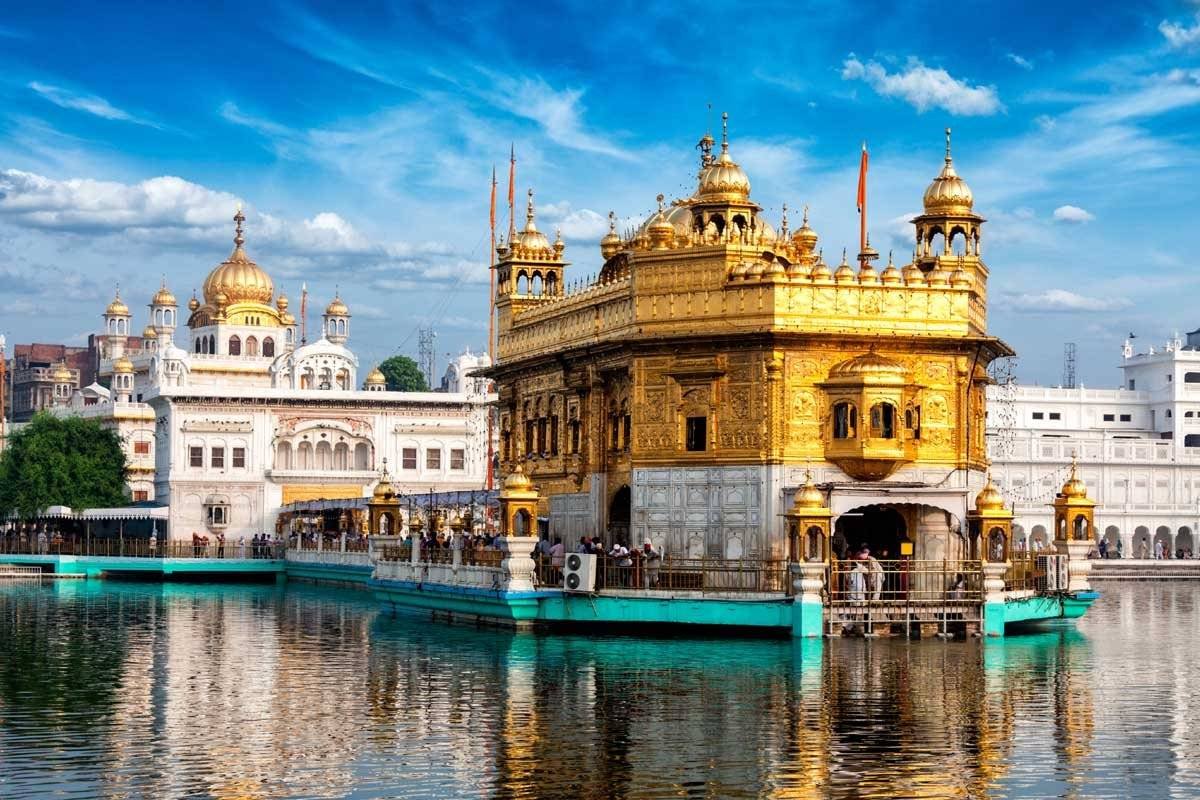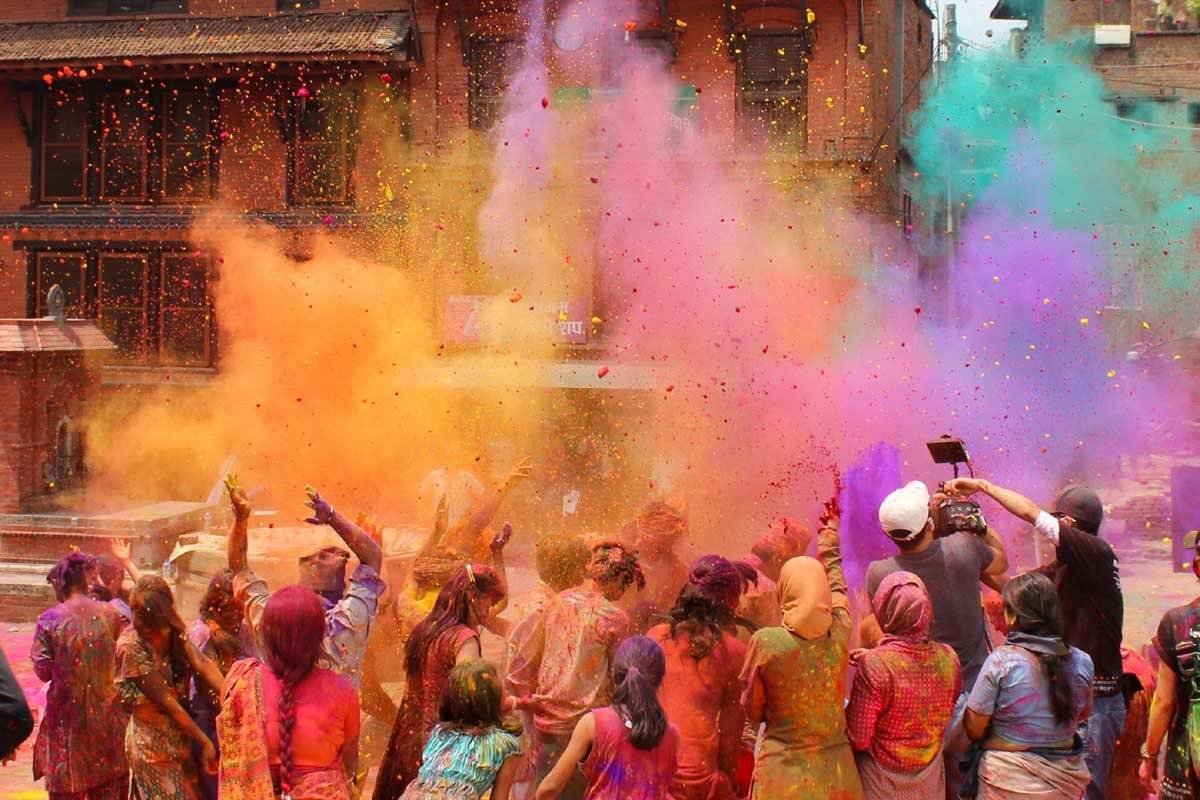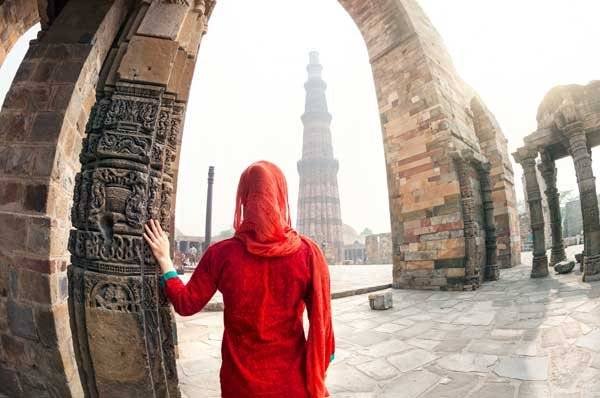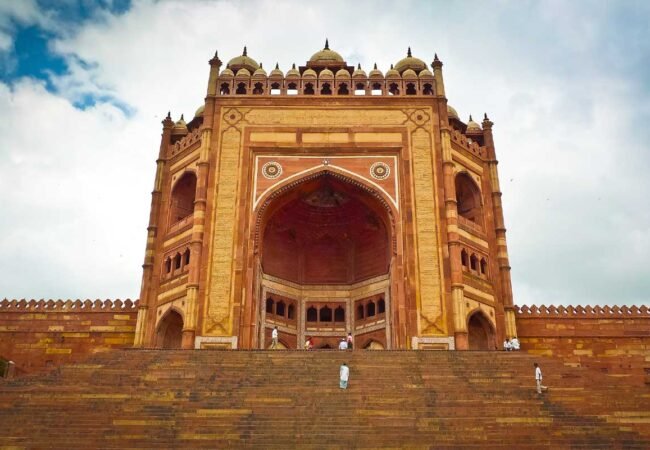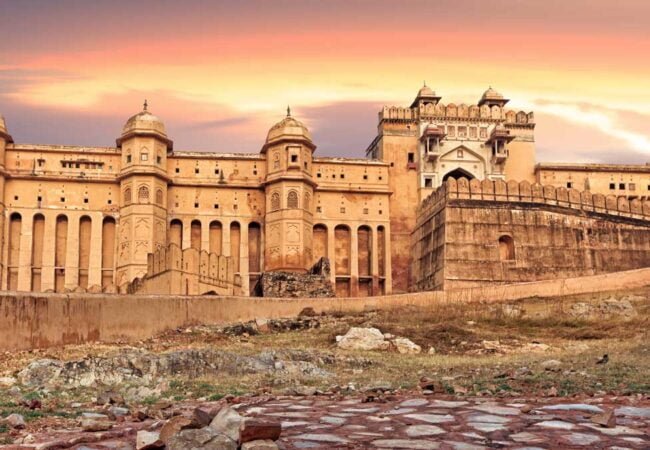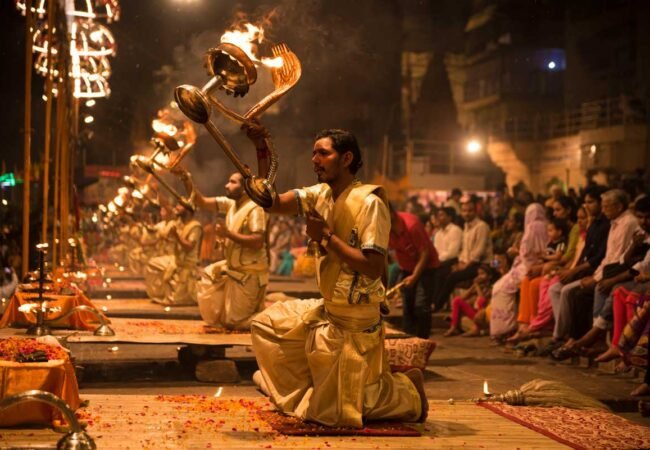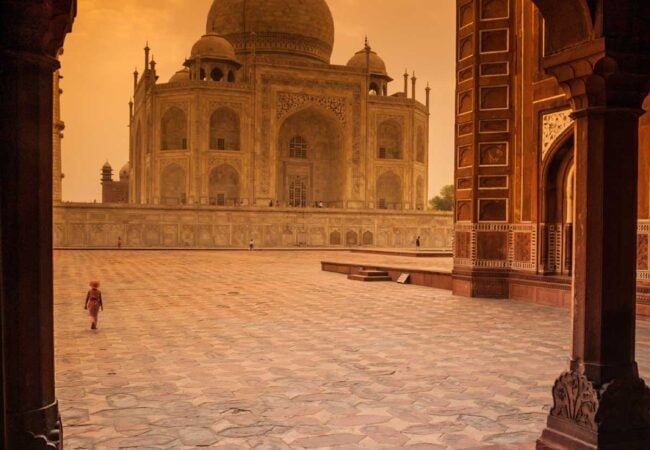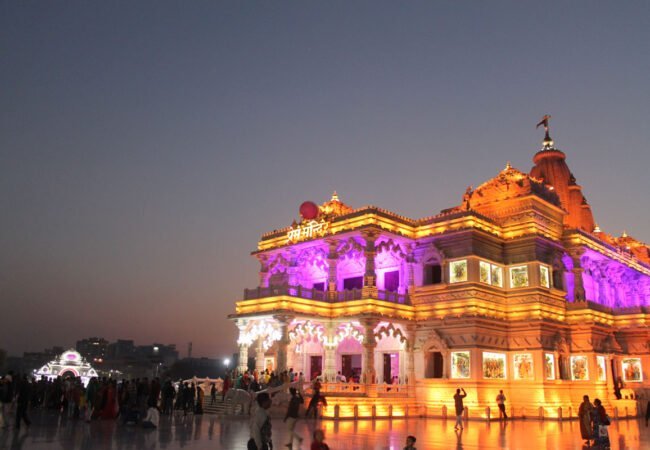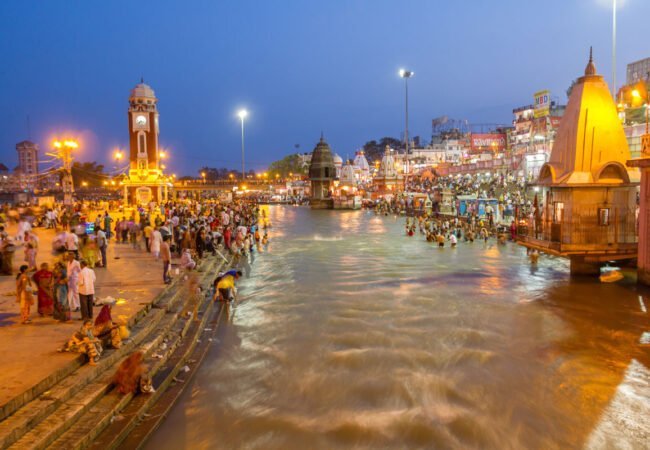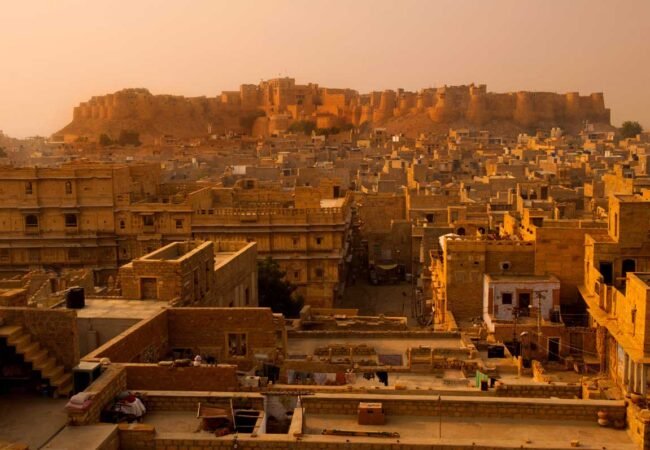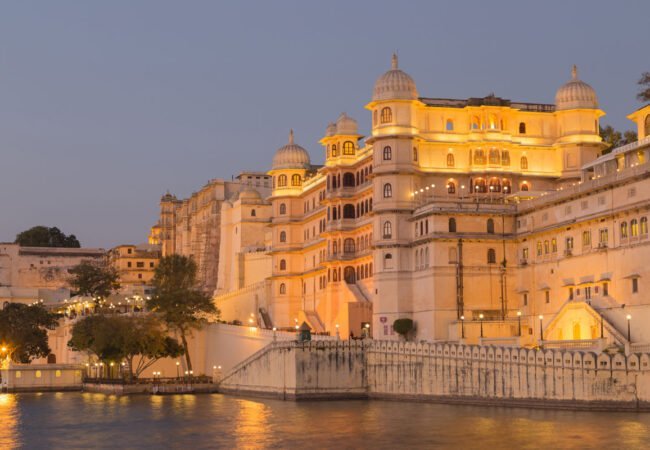Exploring Maharashtra: History, Geography, and Top Tourist Places
Introduction
Maharashtra, located in the western part of India, is a state known for its rich history, diverse geography, and vibrant culture. From ancient cave temples and bustling cities to serene beaches and lush mountains, Maharashtra offers a wide array of attractions for every type of traveler. This article explores the historical significance, geographical features, and top tourist places of Maharashtra.
Short History of Maharashtra
Ancient and Medieval Period
Maharashtra has a long and illustrious history, with its roots tracing back to ancient civilizations. The region was home to several powerful dynasties and empires.
- Satavahana Dynasty: The Satavahanas ruled Maharashtra from around 230 BCE to 220 CE, promoting trade and culture.
- Vakataka Dynasty: Known for their patronage of the arts, the Vakatakas ruled from the 3rd to 5th centuries CE and commissioned the Ajanta Caves.
- Chalukya and Rashtrakuta Dynasties: These dynasties ruled between the 6th and 12th centuries, contributing significantly to the region’s architectural heritage, including the rock-cut temples at Ellora.
Maratha Empire
The 17th century saw the rise of the Maratha Empire under the leadership of Chhatrapati Shivaji Maharaj. This period marked a golden era in Maharashtra’s history, with significant expansions and military achievements. The Marathas were instrumental in resisting Mughal dominance and establishing a powerful kingdom.
British Colonial Period
During the British colonial period, Maharashtra played a crucial role in India’s struggle for independence. Cities like Mumbai became major centers of trade, industry, and political activity. The region saw significant infrastructure development, including railways and ports, which contributed to its economic growth.
Post-Independence
After India gained independence in 1947, Maharashtra emerged as one of the most developed and industrialized states in the country. It continues to be a leading economic and cultural hub, with Mumbai as its capital.
Geography of Maharashtra
Location and Boundaries
Maharashtra is situated in the western part of India, bordered by the Arabian Sea to the west and neighboring states such as Gujarat, Madhya Pradesh, Chhattisgarh, Telangana, Karnataka, and Goa.
Topography
Maharashtra’s topography is diverse, ranging from coastal plains to high plateaus and rugged mountain ranges.
- Western Ghats: Also known as the Sahyadri range, these mountains run parallel to the western coast, offering scenic beauty and rich biodiversity.
- Deccan Plateau: The central part of Maharashtra is dominated by the Deccan Plateau, known for its fertile soil and agricultural productivity.
- Coastal Plains: The Konkan coast along the Arabian Sea features beautiful beaches, lush greenery, and historic ports.
Climate
Maharashtra experiences a varied climate, with coastal regions enjoying a tropical climate, while the interior parts have a semi-arid to subtropical climate. The state has three main seasons: summer, monsoon, and winter.
Top Tourist Places in Maharashtra
Mumbai
- Gateway of India: An iconic monument overlooking the Arabian Sea, symbolizing the city’s historical significance.
- Chhatrapati Shivaji Maharaj Terminus: A UNESCO World Heritage Site, this historic railway station is an architectural marvel.
- Marine Drive: Known as the Queen’s Necklace, this scenic promenade offers stunning views of the Mumbai skyline.
Pune
- Shaniwar Wada: A historic fortification that was once the seat of the Peshwas of the Maratha Empire.
- Aga Khan Palace: A significant site in India’s freedom struggle, where Mahatma Gandhi was imprisoned.
- Sinhagad Fort: A hill fortress offering panoramic views and a glimpse into Maharashtra’s history.
Aurangabad
- Ajanta and Ellora Caves: UNESCO World Heritage Sites, these rock-cut caves are renowned for their exquisite sculptures and ancient frescoes.
- Bibi Ka Maqbara: Often referred to as the “Taj of the Deccan,” this mausoleum resembles the Taj Mahal and is a testament to Mughal architecture.

Nashik
- Trimbakeshwar Temple: One of the twelve Jyotirlinga shrines dedicated to Lord Shiva.
- Sula Vineyards: India’s leading wine producer, offering vineyard tours and wine tasting experiences.
- Kumbh Mela: Nashik hosts the Kumbh Mela, one of the largest religious gatherings in the world, every twelve years.
Lonavala and Khandala
- Bhaja and Karla Caves: Ancient Buddhist rock-cut caves featuring intricate carvings and stupas.
- Rajmachi Fort: A historic fort offering trekking opportunities and breathtaking views of the Sahyadri mountains.
- Lonavala Lake: A picturesque lake surrounded by lush greenery, ideal for a peaceful retreat.
Mahabaleshwar
- Pratapgad Fort: A historic fort built by Chhatrapati Shivaji Maharaj, offering stunning views of the surrounding hills.
- Venna Lake: A popular spot for boating and picnicking, surrounded by scenic hills and forests.
- Mapro Garden: Famous for its strawberries and delicious strawberry-based products, including jams and ice creams.
Kolhapur
- Mahalakshmi Temple: A significant Hindu temple dedicated to the goddess Mahalakshmi, attracting pilgrims from all over India.
- Panhala Fort: A historic fort with a rich history and panoramic views of the Sahyadri mountain range.
Conclusion
Maharashtra is a state that beautifully blends historical richness, geographical diversity, and cultural vibrancy. From the bustling streets of Mumbai to the serene hills of Mahabaleshwar, the ancient caves of Ajanta and Ellora to the historic forts of the Marathas, Maharashtra offers a myriad of experiences for travelers. Whether you’re a history enthusiast, nature lover, or seeking spiritual solace, Maharashtra promises an unforgettable journey through its enchanting landscapes and storied past.


